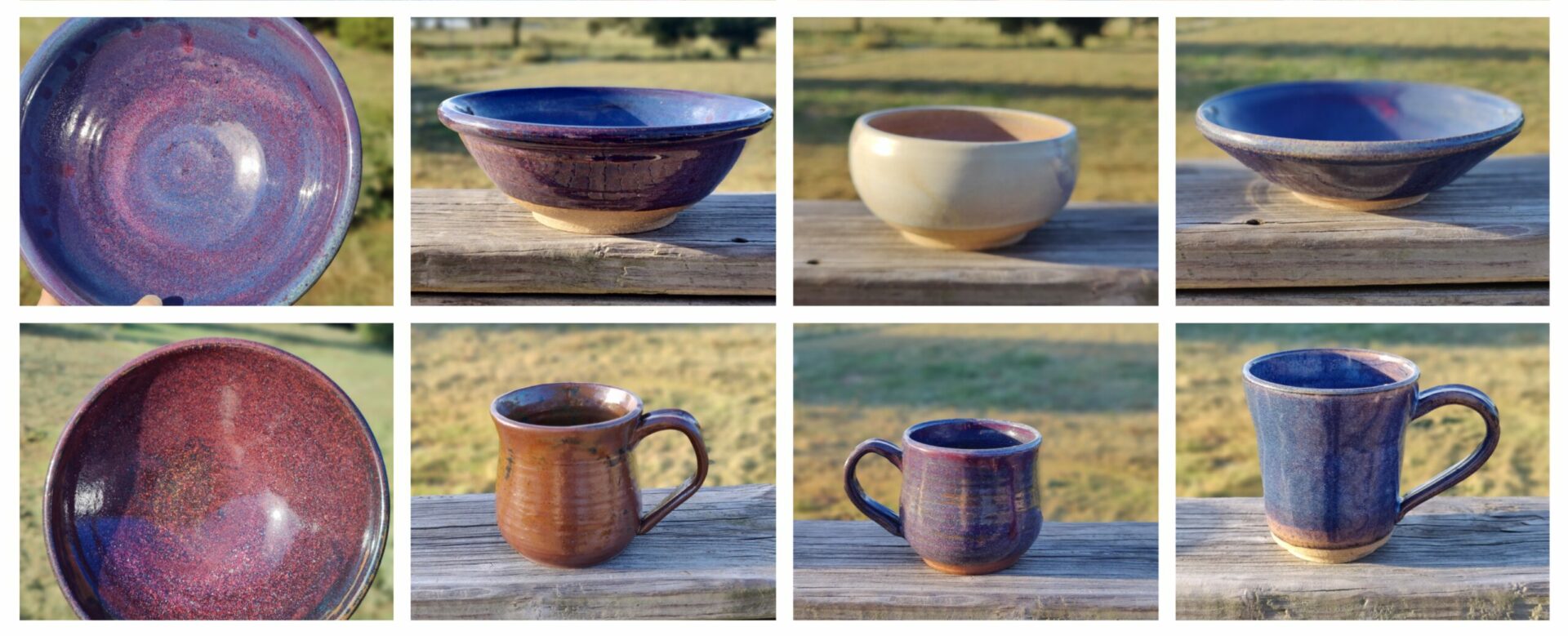Playing with Plasticity (ie varying sand amounts)
You know how you’re trying to solve a problem and finally come to a solution and think wow, that’s so simple, I should have thought of that ages ago?? My clays are sandy. Recently I’ve …

You know how you’re trying to solve a problem and finally come to a solution and think wow, that’s so simple, I should have thought of that ages ago?? My clays are sandy. Recently I’ve …
This is the best time of year for digging and processing clay in my area. The worst of the heat has passed, but it’s generally still warm and dry. The dry weather aids in dewatering …
These are two batches of test tiles with limestone and bone ash for the flux. Because calcium can make a very narrow firing range, I mixed two batches to fire on my middle shelf and …
For the previous post on this clay https://daylenes.com/2021/07/27/test-the-sandstone-clay/ I tested each batch only once. For better accuracy, do multiple tests. However, this tells me that I need to add more Neph Sye than I like. …
The Sandstone clay is a sandy Clay that I dig right next to my house. Previous tests have shown that I need 14-15% added Nepheline Syenite to flux it down to cone 6. That’s more …
This is a clay that is right next to my house. Super easy to access and easy to process. I first located this clay last year and did some initial tests then got side tracked …
You know that spot between sleeping and awake where you sometimes have eureka moments? This was one of mine. I was dreaming about a rotary sieve and got this idea. This is a harbor freight …
Making pottery has a way of keeping you humble. This is a big bowl that was dry and ready to go into the bisque kiln. I went to move it over just a bit to …
You remember my last blue glaze that blistered at cone 6? Well I had a big batch of it mixed up and a couple of batches of older glazes that were low in the bucket …
Why would you want to destroy the plasticity of a clay? To eliminate cracking when drying in either a glaze or a clay body. This was the result of trying to destroy the plasticity without …